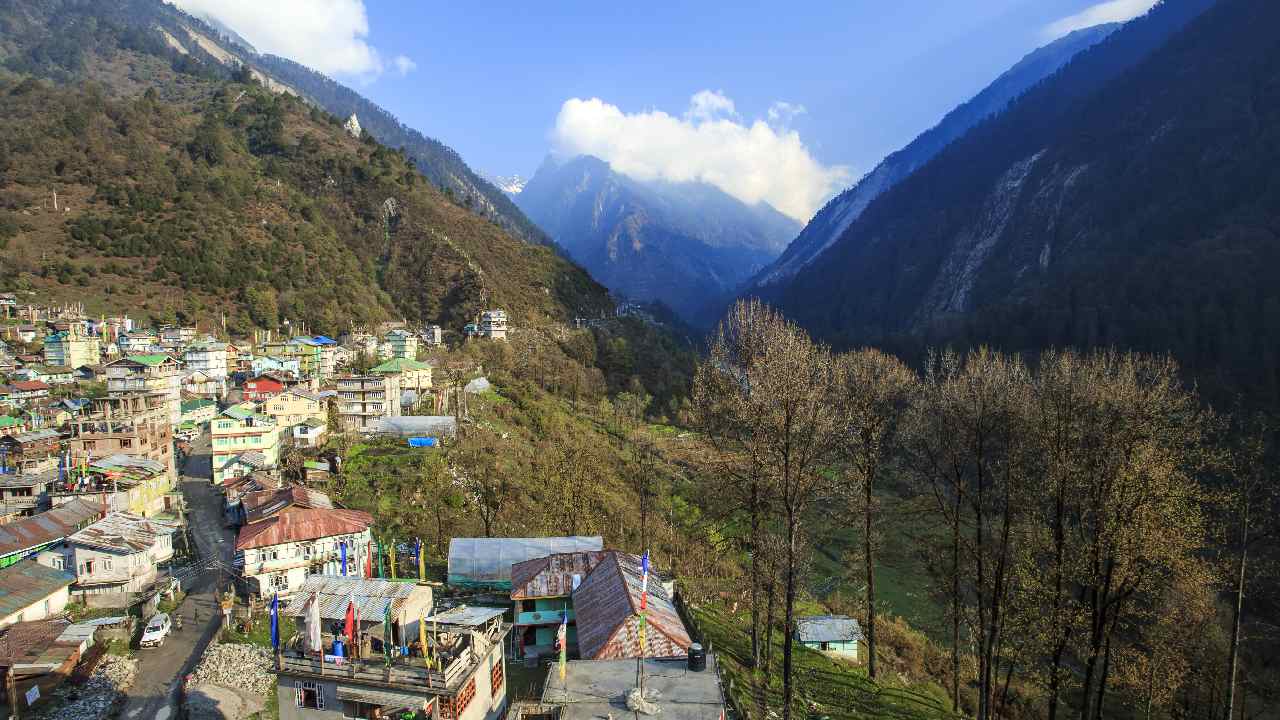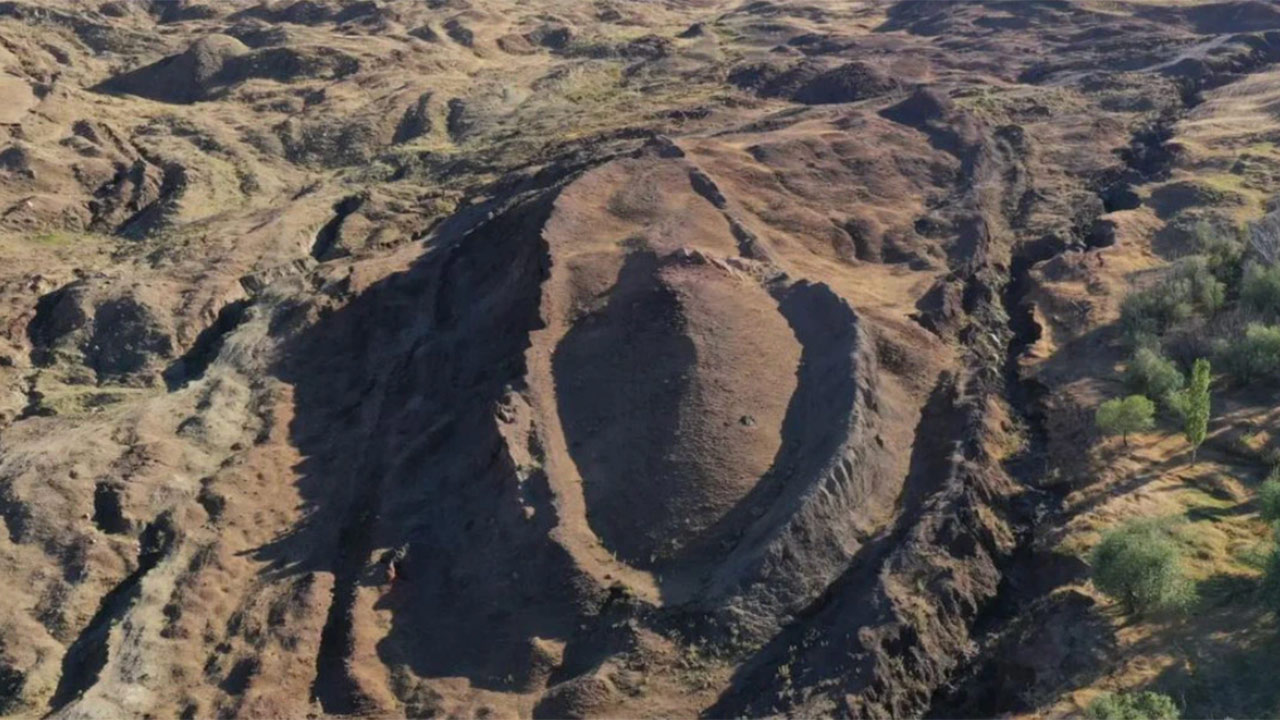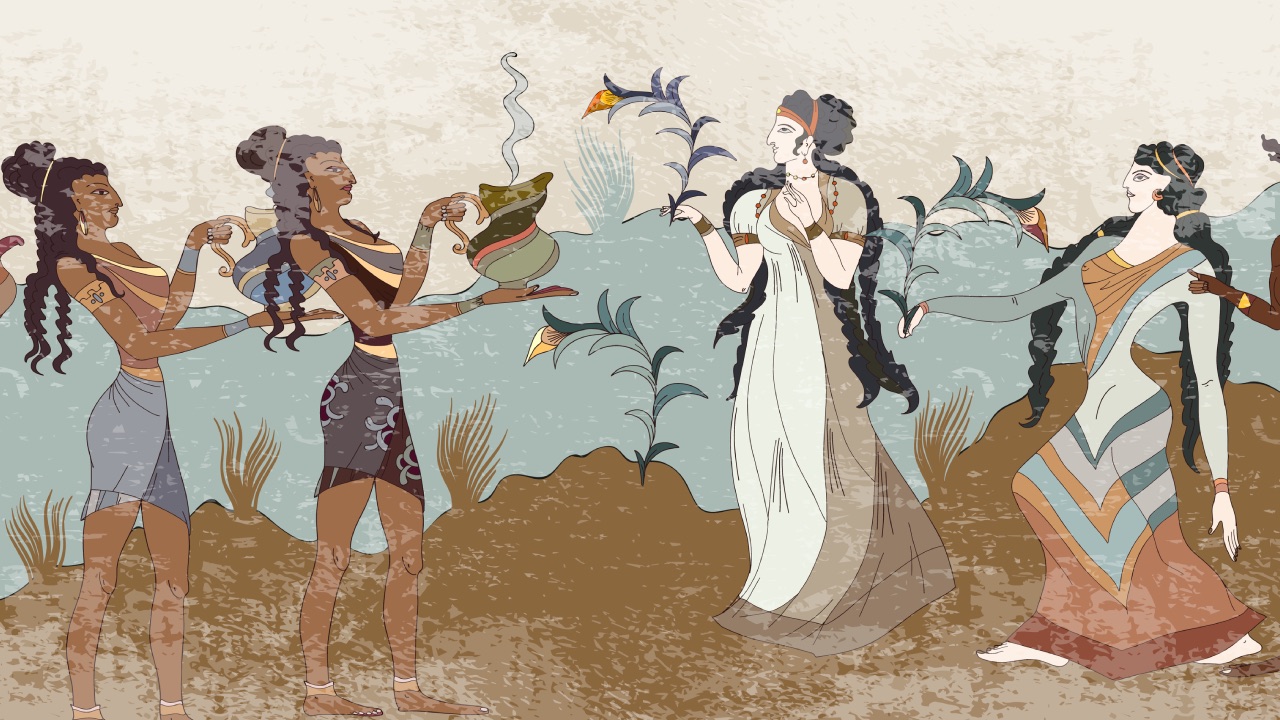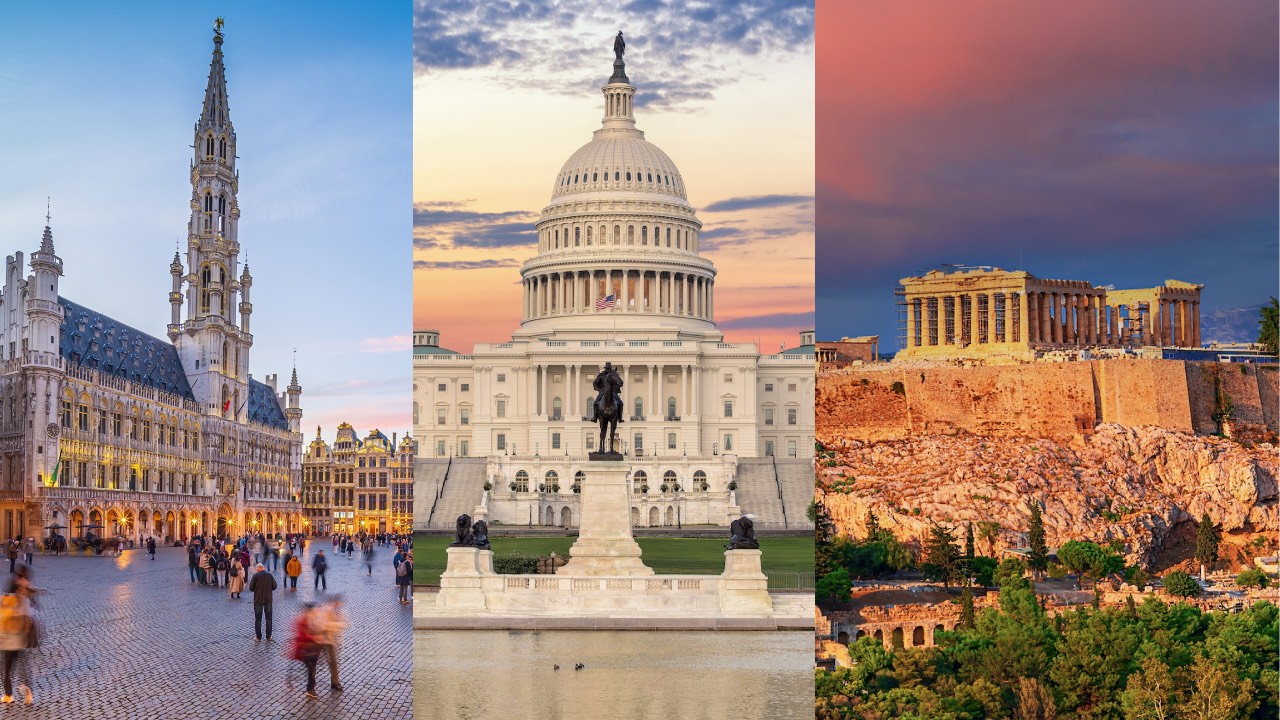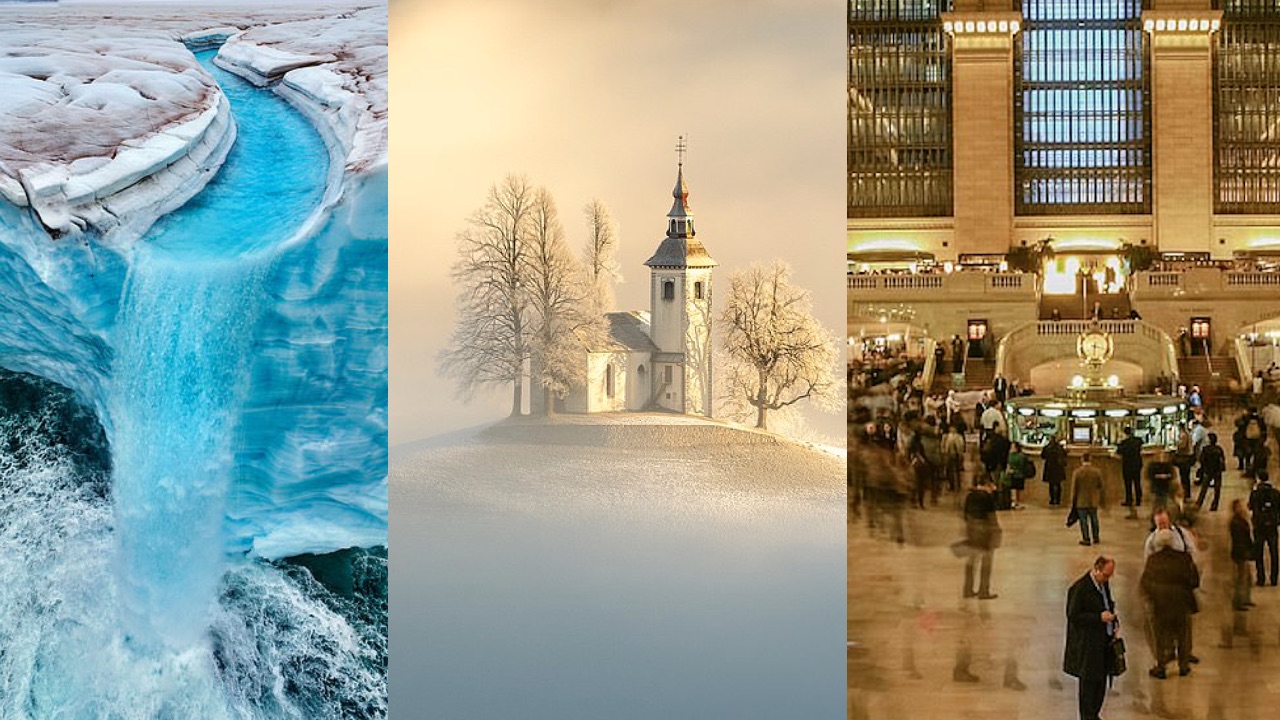India is not only a country bursting with rich culture, divine cuisines and an abundance of invigorating experiences – travelling there is an opportunity to learn about one of the world’s oldest civilisations and why it is the ultimate bucket list destination.
Those looking to fulfil their appetite for a country jampacked with adventure and curiosity will be thrilled to learn about India with its breathtaking landscapes, picturesque monoliths at every turn and historical roots dating back to the 1st century.
A home to almost 1.3 billion people, India is one of the most ethnically diverse and colourful places you can imagine. With a spirituality so enthralling, curious travellers have made it their mission to visit the aged country to learn what makes India an encounter unlike any other.
A feature that makes India particularly unique is the fact that it is home to one of the world’s largest wildlife sanctuaries. The Dampa Tiger reserve spans an area of more than 500 square kilometres and exists as a respite for Bengal tigers on the verge of extinction. Dampa’s project aims to ensure a viable population of the ferocious creatures continues on and gives the species a habitat to exist in peacefully.
Whether you fully enwrap yourself in the lifestyle changes that captivating India has to offer or simply breeze through the wonderous cities like a true tourist, there is something for everyone to see and experience.
Here is why India is your ultimate travel bucket list destination
The ancient city of Dimapur
Dimapur, meaning “the city of the great river”, holds a lush landscape and the promise of a holiday captured by intriguing history, incredible monoliths and a mellow serenity unlike anything else throughout the tumultuous cities of stunning India.
While parts of the historic city are bound by bustling centres and other hallmarks of modernisation, there is a special solace found in its north-east region, as it is a place that remains thronged by its ancient past and natural wonders.
Adventures should take the trek and wander through the untampered tropical jungle known as Triple Falls, located near the village of Chumukedima on the outskirts of Dimapur. Its most enchanting feature is the three glistening streams that cascade from a height of 85 metres.
The falls are renowned as a tranquil destination for its pin–drop silence that has remained unchanged century upon century.
Solace seekers hoping to adopt a new sense of enlightenment will find Dimapur to be a captivating city, holding roots to the 13th century AD. One of the their more well-known attractions includes Intanki National Park in Nagaland, an equatorial forest in which travellers may have the opportunity to catch a glimpse of the city’s unique feature: hoolock gibbons.
The mighty little ape is a unique part of northeast India and can hold a swing at a speed of 55km per hour. It is not the only distinctive creature that wanders through the dense, lush greenery of Intanki, which includes other rare species like the great hornbill, clouded leopard, barking deer, sambar and sloth bear.
The entire forest is covered in semi–tropical trees, and has a thick, dense selection of greenery and flora including mahogany, bamboo and rattan.
The stunning site was declared a national park in 1993, and in 2005 it went further to be listed as an elephant reserve.
Keep in mind, if you do travel to the national park to spot its exotic creatures for yourself, remember it’s unique wonders may elude you – so stay sharp.
The untouched paradise of Lachung
A Himalayan village nestled perfectly into the northeast region of India, Lachung is the epitome of a secret best kept hidden.
At the confluence of the quaint town rests the Lachen Chu rivers and is just one of the many glorious experiences available for curious travellers looking to add a spiritually enlightening pitstop to their trip. The rock that spills out the mineral water that flows into the river is believed to be blessed by the patron saint of Sikkim, Guru Padmasambhava. Holy devotees will tell any listening ear about the visible imprints of his palm and foot implanted on the living rock.
The rivers are both tributaries of the River Teesta and translates to “small pass”.
Not too far away is a peaceful retreat by the water, the hallowed Lachung Monastery found at a height of about 2,750m. Forming at the base of the Green Lake trek, the colourful and bright structure has become a symbol of cultural and religious heritage. While it is small in size, it is mighty in its significance to the small town.
Nowadays, travellers may be lucky to find stray sightseers or locals touring around the mostly closed monastery, which remains as a small tribute to history for the Himalayan village.
A city to marvel in, Jorhat
The breathtaking artistic city of Jorhat is beloved among veteran travellers for its cultural excellence, numerous tombs and mosques, expansive gardens and most of all, its tea plantations.
The tea capital of India attracts significant visitor numbers with its natural charm and has more than 135 tea gardens in the agricultural town. Spread across a profuse green landscape, Jorhat is the major hub for not only tea but a number of experienced craftsmen whose art has taken generations to perfect. The city is not just a major resource for the country, it has become a powerhouse as one of the oldest and most influential centres of commerce and trade in Assam.
Built around two major markets, Chowkihat and Macharhat, Jorhat was the capital of the Ahom kingdom – a tai–speaking province which migrated from China around the 1st century CE.
The modern-day district of Jorhat was created in 1983 when it was split from Sibsagar district. It has since developed a distinctive mark of its own that has become a beloved fixture of the city almost 40 years later.
Just 140km away from Jorhat is the quaint but bustling city of Dibrugarh that will touch the spiritual and cultural itch of every traveller. Filled with opportunities to explore breathtaking rainforests, wildlife sanctuaries and temples, it’s no wonder adventurers have flocked to this popular travel destination for decades upon decades. Renowned as the “Tea City of India”, the major city has become a booming enterprise for its tea, oil and tourism.
The city’s most popular temple is the Jagannath Temple, which is a replica of the famous temple of Jagannath in Puri. The mesmerising dagoba took over three generations to assemble and interestingly enough is reported to have no shadow at all – at any time of the day from any direction possible.
A marvel to behold, the architectural genius has been interpreted by holy devotees and visitors as Lord Jagannath’s message to humanity.
Now travelling to India is a definite no-brainer. Come experience the lush greenery, kindness of locals and immersive culture for yourself.
This article was written in partnership with India Tourism.
